Chris Jones
Entertainment Editor
Chris Jones, from Washington, Illinois, is the Mail Entertainment Editor covering Movies, Television, Books, and Music topics. He is the owner, writer, and editor of Overly Honest Reviews.
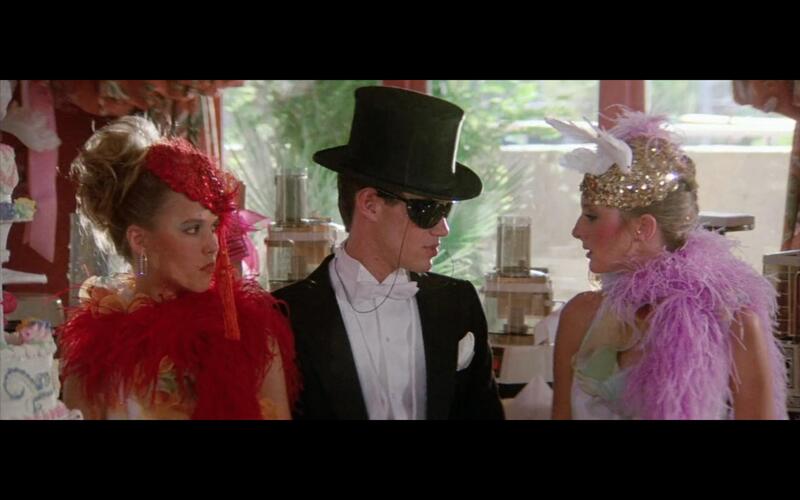
O.C. AND STIGGS plays less like a teen comedy and more like an act of cinematic vandalism. It does not invite the audience in so much as dare them to keep up. Robert Altman takes the skeletal framework of a National Lampoon story and uses it as an excuse to poke, prod, and openly antagonize the polite surfaces of Reagan-era suburbia. The result is messy, abrasive, occasionally funny, and frequently frustrating; it is also unmistakably the work of a filmmaker who had no interest in making something tidy or universally appealing.
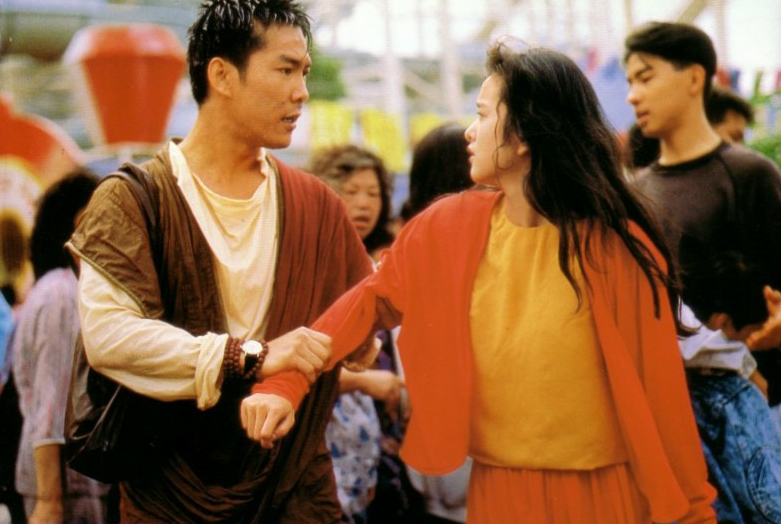
SAGA OF THE PHOENIX arrives with the unmistakable energy of late-1980s Hong Kong fantasy cinema; boundless imagination, fearless tonal shifts, and an almost reckless commitment to spectacle. As a follow-up to THE PEACOCK KING, it occupies an uneasy middle ground. It is more playful, more accessible, and far less interested in sustained menace. That shift does not sink the film, but it fundamentally changes what kind of experience this sequel aims to be.

By the time SCARS OF DRACULA arrived on the scene, the Hammer Dracula cycle was already showing wear. Audiences knew what to expect: the villagers warn new travelers, castles loom, blood flows, Dracula is destroyed, and somehow always returns. What makes this entry interesting is not that it reinvents the formula, but that it seems almost irritated by it. This is a nastier, more aggressive film than many of its predecessors, one that leans into cruelty, violence, and discomfort as if daring the audience to either keep up or look away. Whether that approach works is debatable, but it absolutely gives the film a distinct personality within the series.
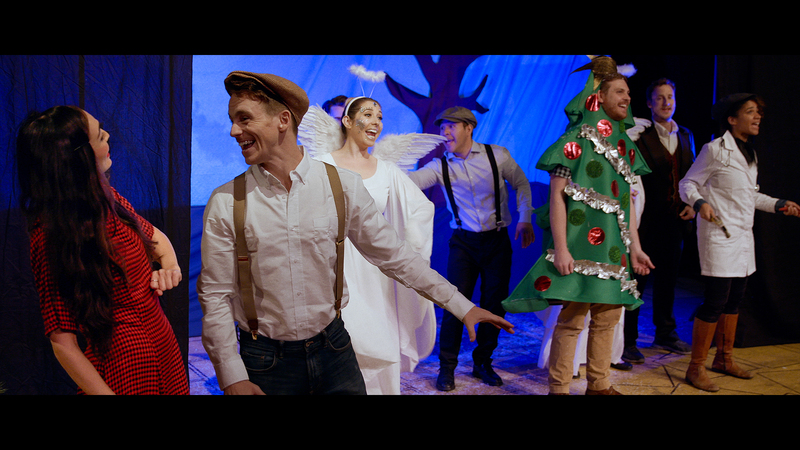
There’s a special kind of panic that only exists inside a community theater; the kind that starts as “we’ll figure it out” and ends with someone handing off a switchblade because of a prop malfunction while another person argues about blocking like it’s a national security briefing. COMMUNITY THEATER CHRISTMAS understands that panic, and it builds the comedy around the idea that a stage can be both a sanctuary and a pressure cooker. The premise is simple: a struggling small-town theater needs a grant to stay alive, and the path to that grant runs straight through an original Christmas production that has no business being this hard to pull off.
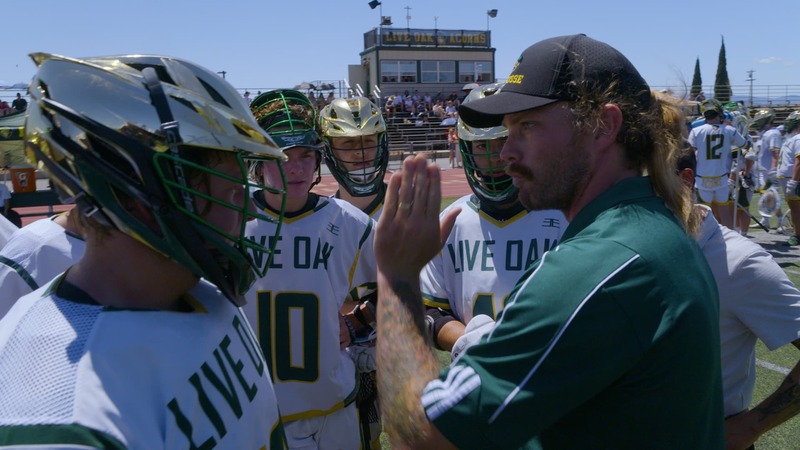
THE MIGHTY OAKS approaches the story with a clarity that many sports documentaries chase but rarely succeed in. Rather than framing the narrative around a single season or a simple pursuit of victory, the film positions that final 2024 campaign as the emotional endpoint of something much larger. This is not a documentary about a team suddenly discovering greatness; it is about what happens when belief, patience, and responsibility are tested over nearly a decade. By the time the season begins, the audience already understands that the outcome matters less than what the program has come to represent.
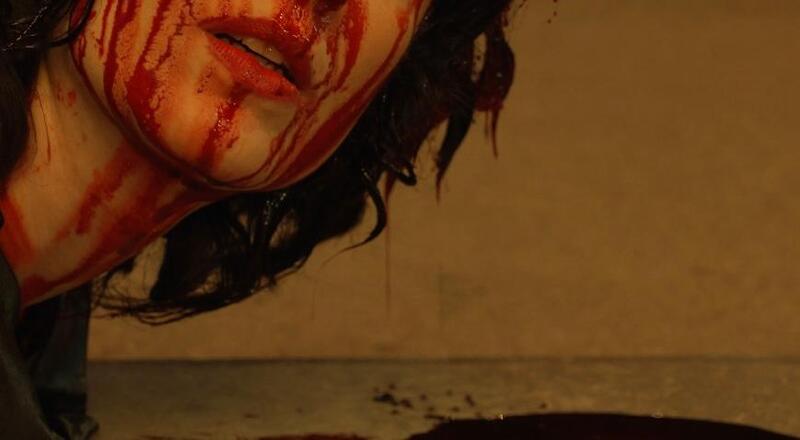
PAULA TAKES THE STAGE is a small, scrappy short that understands a very specific truth about performance: the stage is not always a sanctuary; sometimes it is a pressure cooker, sometimes it is a mirror you cannot look away from. Set inside a 1940s theater and built around a once-celebrated actress attempting to reinvent herself, the film focuses on the quiet terror of being perceived. Not just watched, but judged; not just remembered, but compared to whatever version of you the crowd decided on.
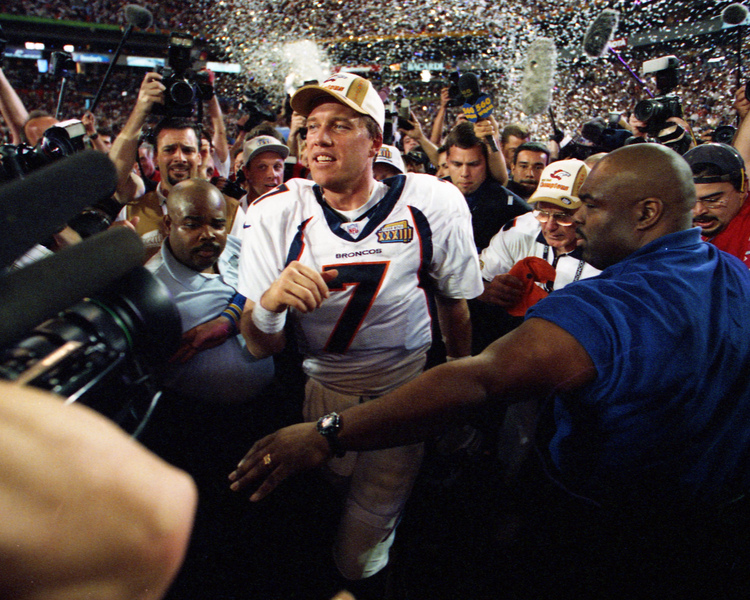
ELWAY, without question, is the definitive documentary on one of the NFL’s most iconic quarterbacks, and in many ways, it fulfills exactly what it promises. The film traces John Elway’s career with an obvious reverence for its subject, moving from his early dominance at Stanford through the defining highs and lows of his sixteen seasons with the Denver Broncos. For longtime football fans, the stories will feel instantly recognizable. For casual viewers, the film provides a clean, accessible timeline of a career that helped shape modern quarterback mythology. What it does not attempt, however, is to reinterpret that mythology or challenge it.

DAN CURTIS’ GOTHIC TALES brings together two made-for-television literary adaptations that embody both the strengths and the limitations of 1970s broadcast horror. Produced for ABC’s Wide World of Mystery and shot on videotape, these works feel unmistakably bound to their era. Yet they also reflect a genuine seriousness about horror as a psychological and moral inquiry rather than a cheap chaos. This is not horror designed to startle. It’s horror meant to linger, to unsettle through implication, repression, and rot beneath polite surfaces.
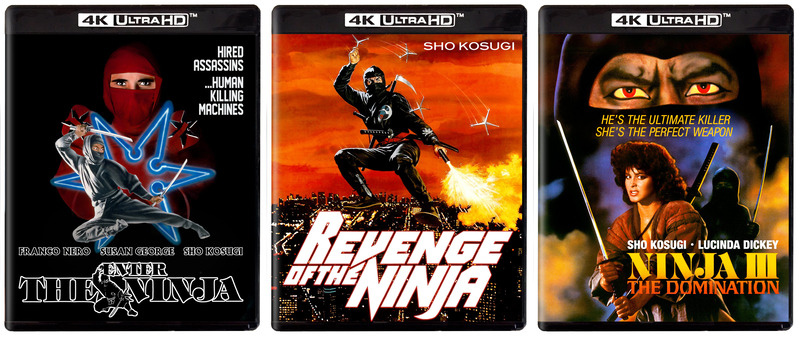
THE NINJA TRILOGY exists in a very specific pocket of 1980s cinema where sincerity, excess, and outright insanity collide without apology. Taken together, ENTER THE NINJA, REVENGE OF THE NINJA, and NINJA III: THE DOMINATION form a progression that feels less like a planned arc and more like a gradual surrender to escalation. What begins as a relatively grounded martial arts action picture evolves into something delirious, supernatural, and proudly unhinged. That evolution is the trilogy’s greatest strength.
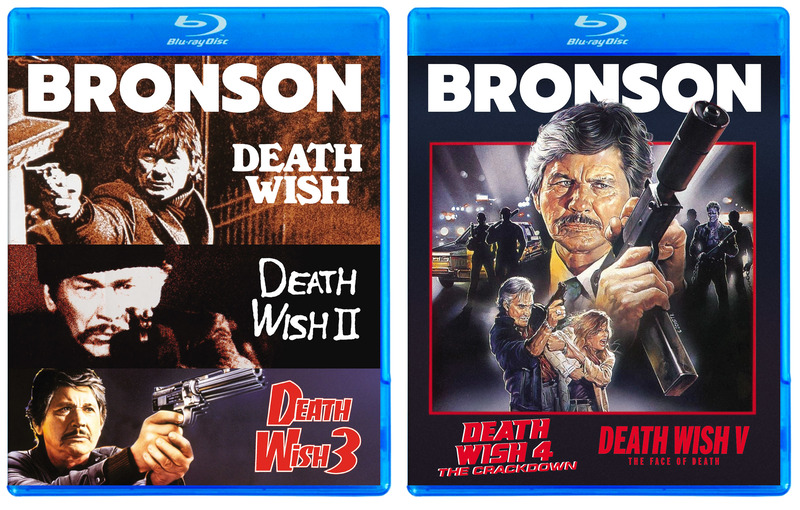
THE DEATH WISH COLLECTION occupies a strange, often uncomfortable corner of American genre history. It’s a franchise born out of cultural anxiety, one that slowly mutates into something far less reflective and far more reactionary as it goes. Watching all five films together isn’t just a matter of tracking Paul Kersey’s escalating body count; it’s watching the moral center erode in real time, film by film, until vengeance becomes its own self-justifying logic.
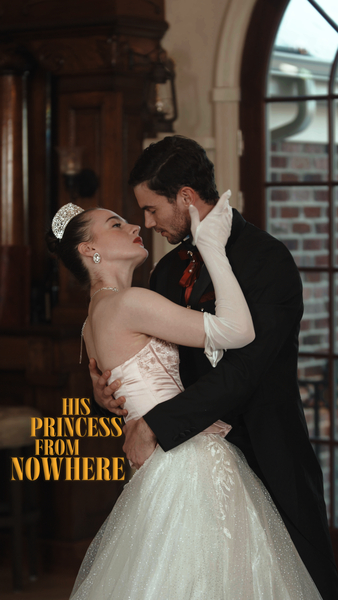
HIS PRINCESS FROM NOWHERE is a series that understands exactly how intriguing its own existence is. It knows it’s operating inside a format most people dismiss for anything more than doomscrolling. It knows the assumptions inherent in the vertical video format. And instead of fighting those assumptions or pretending they don’t exist, it quietly reshapes them into part of the experience. This isn’t trying to trick you into forgetting you’re watching something made for a phone. It’s inviting you to feel why that confinement matters.
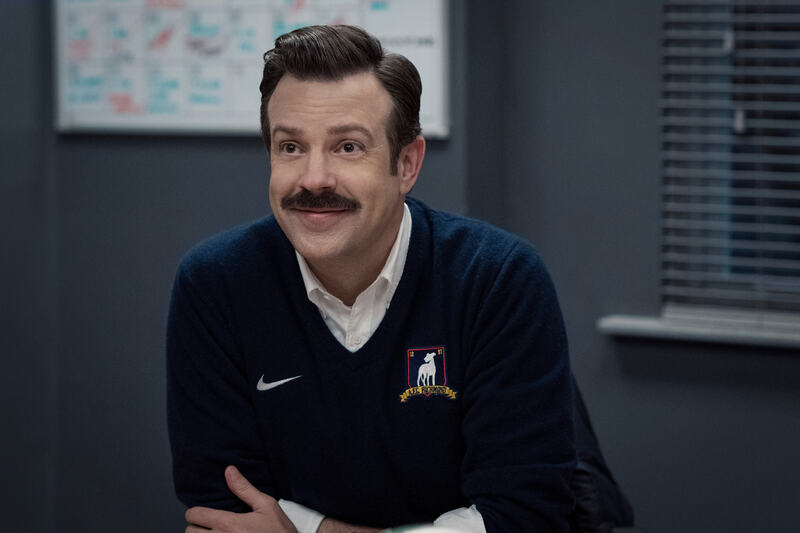
Some shows make an impact by being cynical, or relentlessly bleak, and then there are shows like TED LASSO — the rare production that chooses warmth and humor without sacrificing sincerity. Revisiting the entire series in this 4K collection highlights just how carefully the show builds its emotion. The upgrade is welcome, but it’s the writing, performances, and character arcs that make this package worth owning. The story still stands firmly at the center.
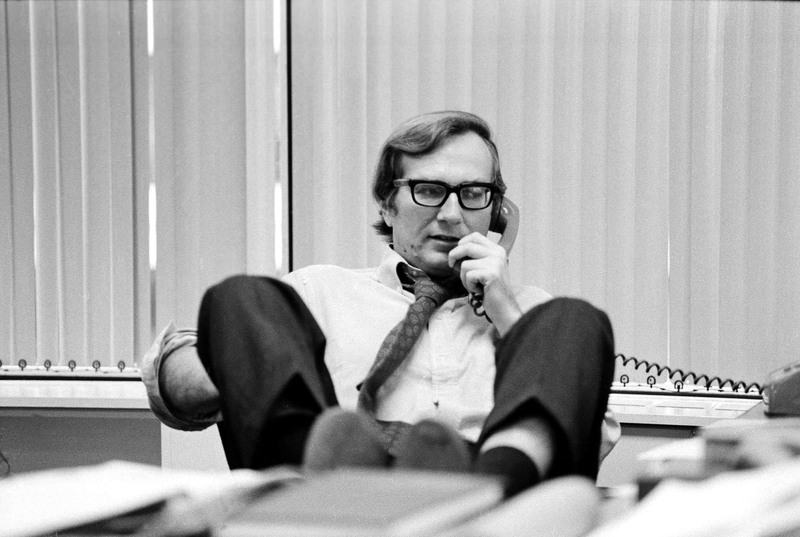
COVER-UP positions investigative journalism not as a profession, but as a long-term act of resistance. Directed by Laura Poitras and Mark Obenhaus, the documentary traces the career of Seymour Hersh with a focus that is both methodical and urgent, presenting his work as a sustained challenge to institutional power rather than a series of isolated scoops. From the outset, the film makes it clear that this is not a conventional biographical overview. It is an examination of process, persistence, and the personal cost of telling stories that powerful institutions would prefer to bury. No matter your thoughts on the film, it’s somehow more timely than it was in Hersh’s prime; the parallels to today's stories are crystal clear.

Bang Bus doesn’t need an introduction, and this scene knows exactly why. The setup sticks to the formula that made the site iconic: a woman waiting on the street, a little bad luck, a little cash, and the kind of opportunity that turns casual conversation into something dirty, messy, and fast. Kay Rhea is the kind of performer who understands the assignment immediately. She’s relaxed, talkative, and playful, leaning into the interview with a smile that suggests she already knows where this is heading.
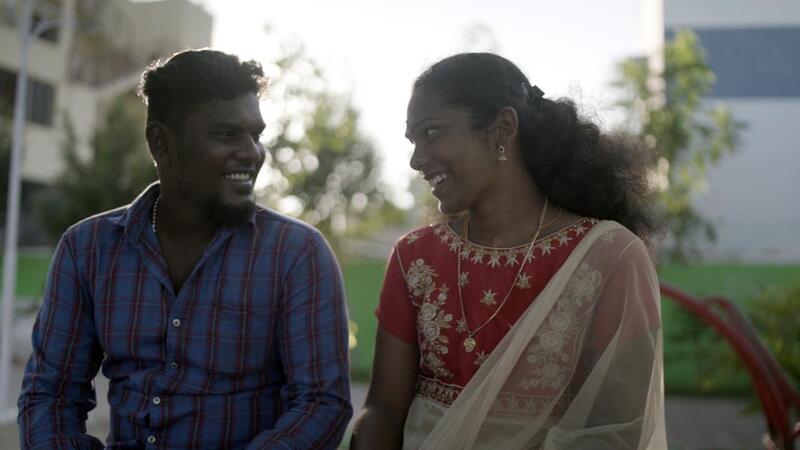
AMMA’S PRIDE presents a rare kind of love story: a mother who meets her daughter’s truth with tenderness instead of hesitation. The film opens with an intimacy that might disarm viewers expecting a louder, angrier documentary about trans rights. Instead, it finds strength in conviction. There is no sermonizing and no slow march from hardship to triumph in the typical documentary mold. What emerges is something more grounded: a portrait of a family that never broke, even when tradition and state policy tried to break them.